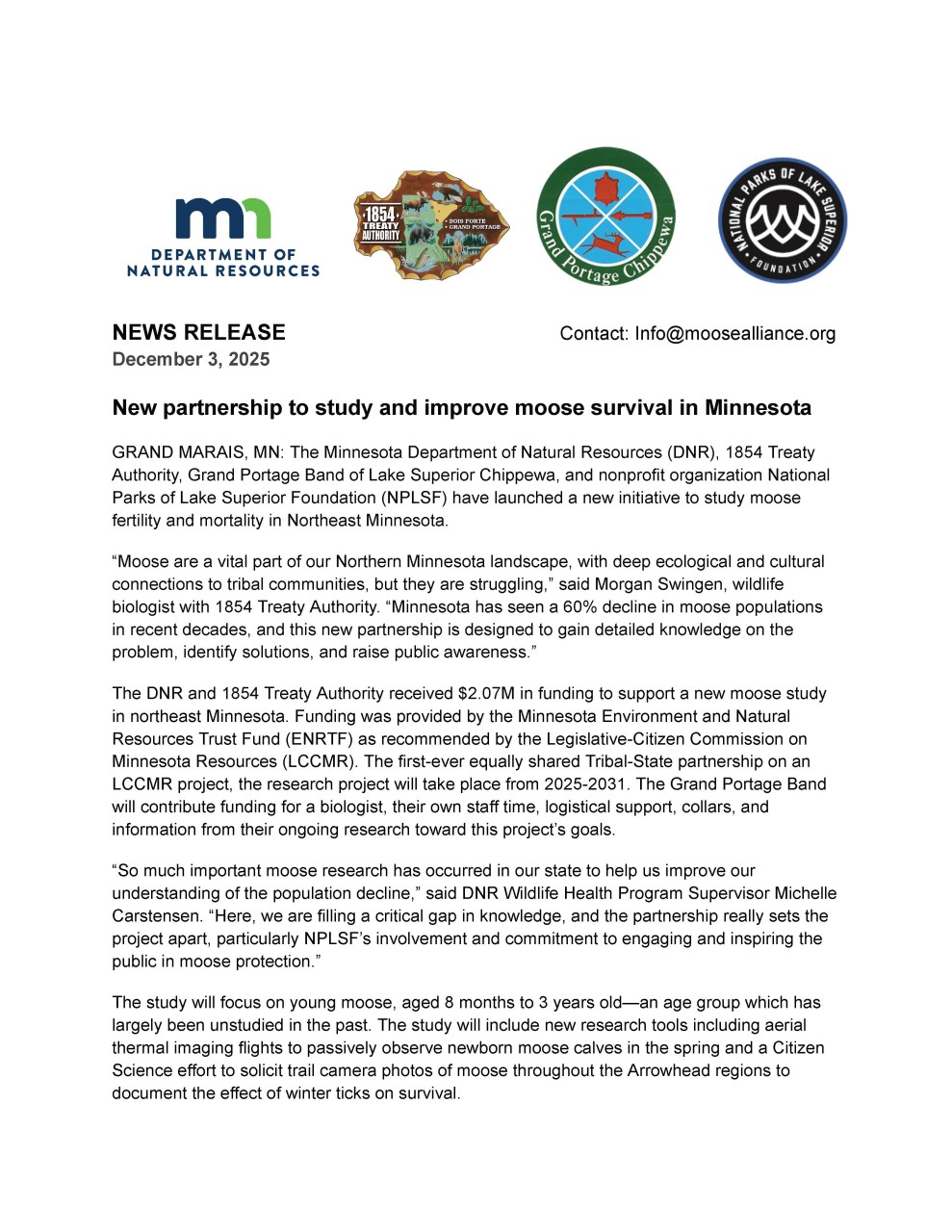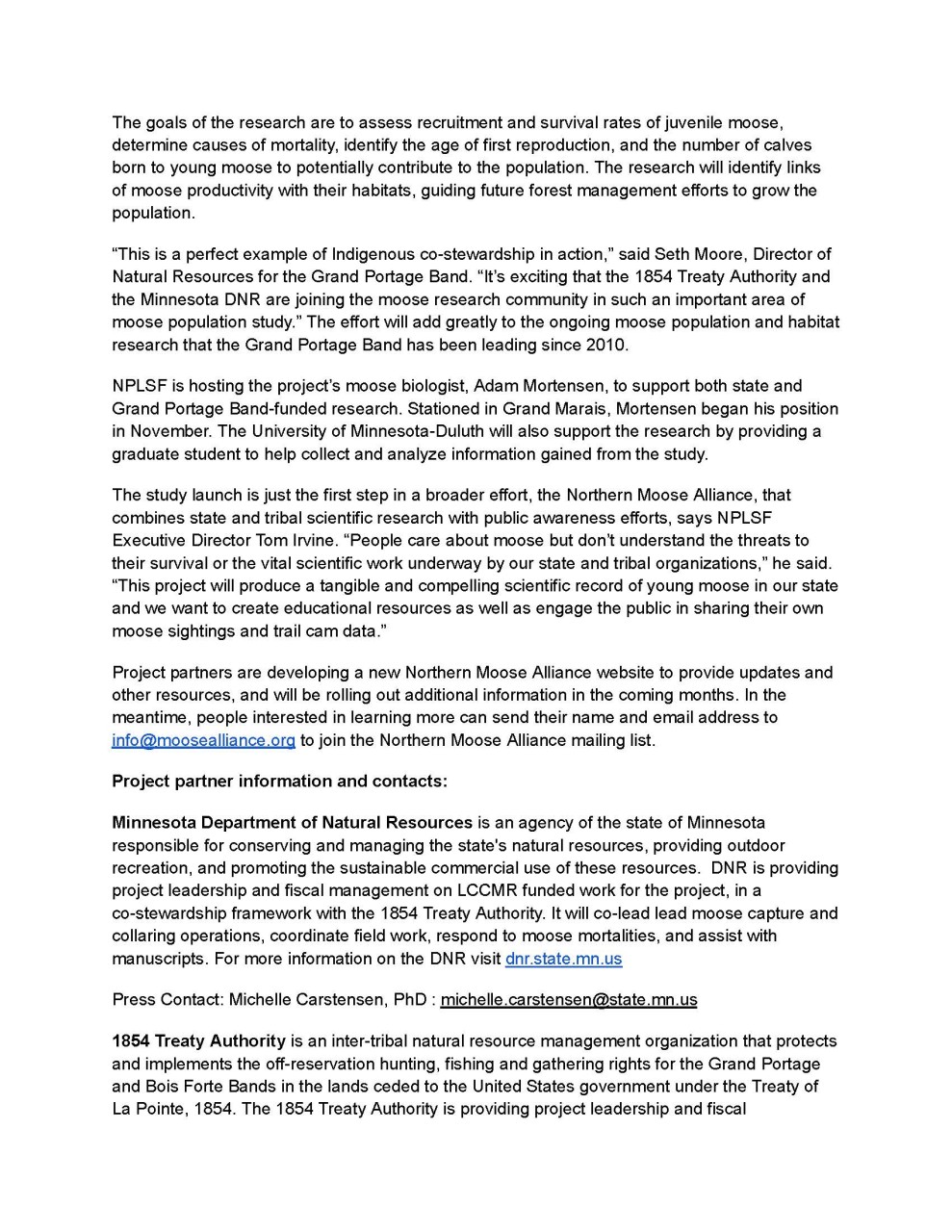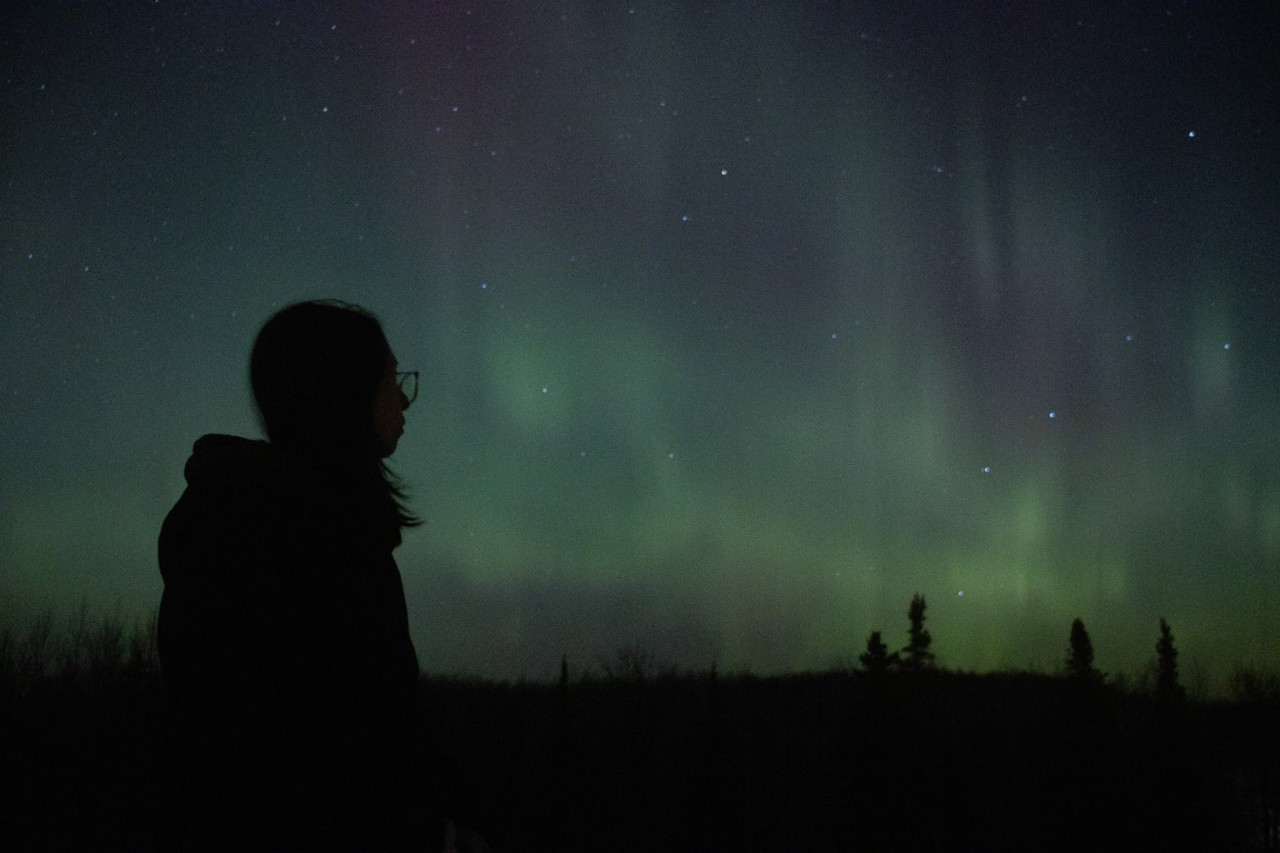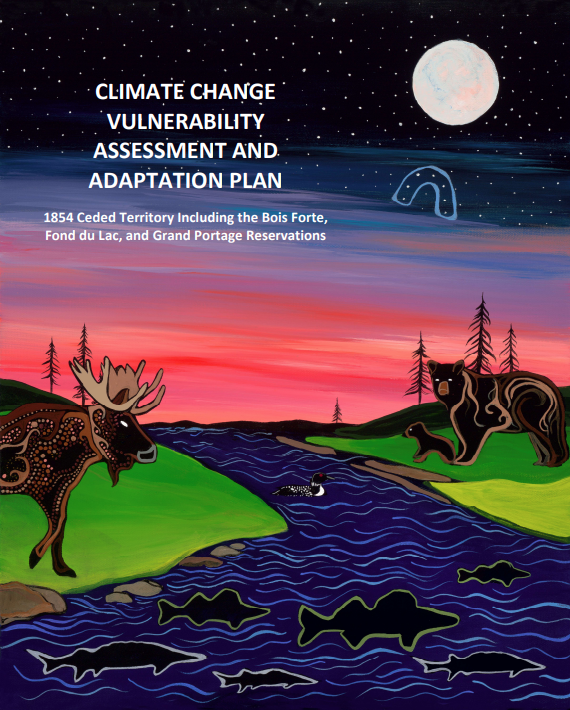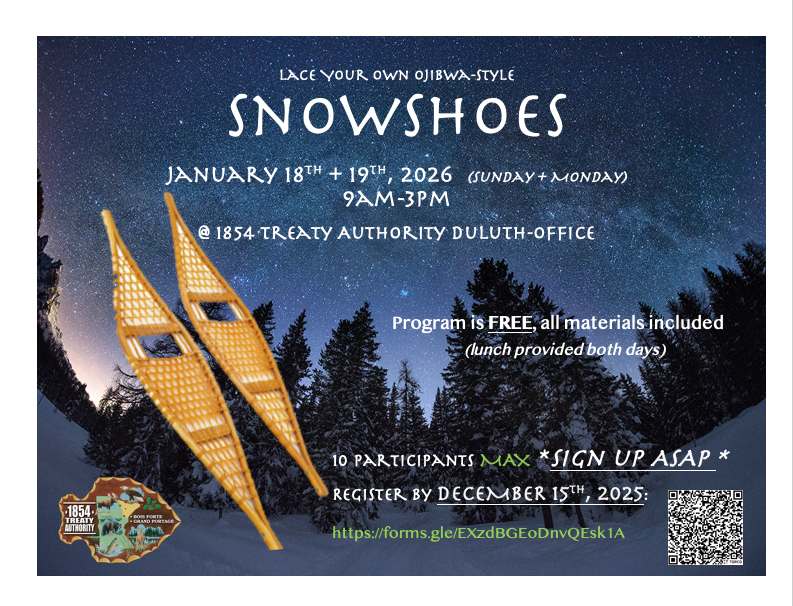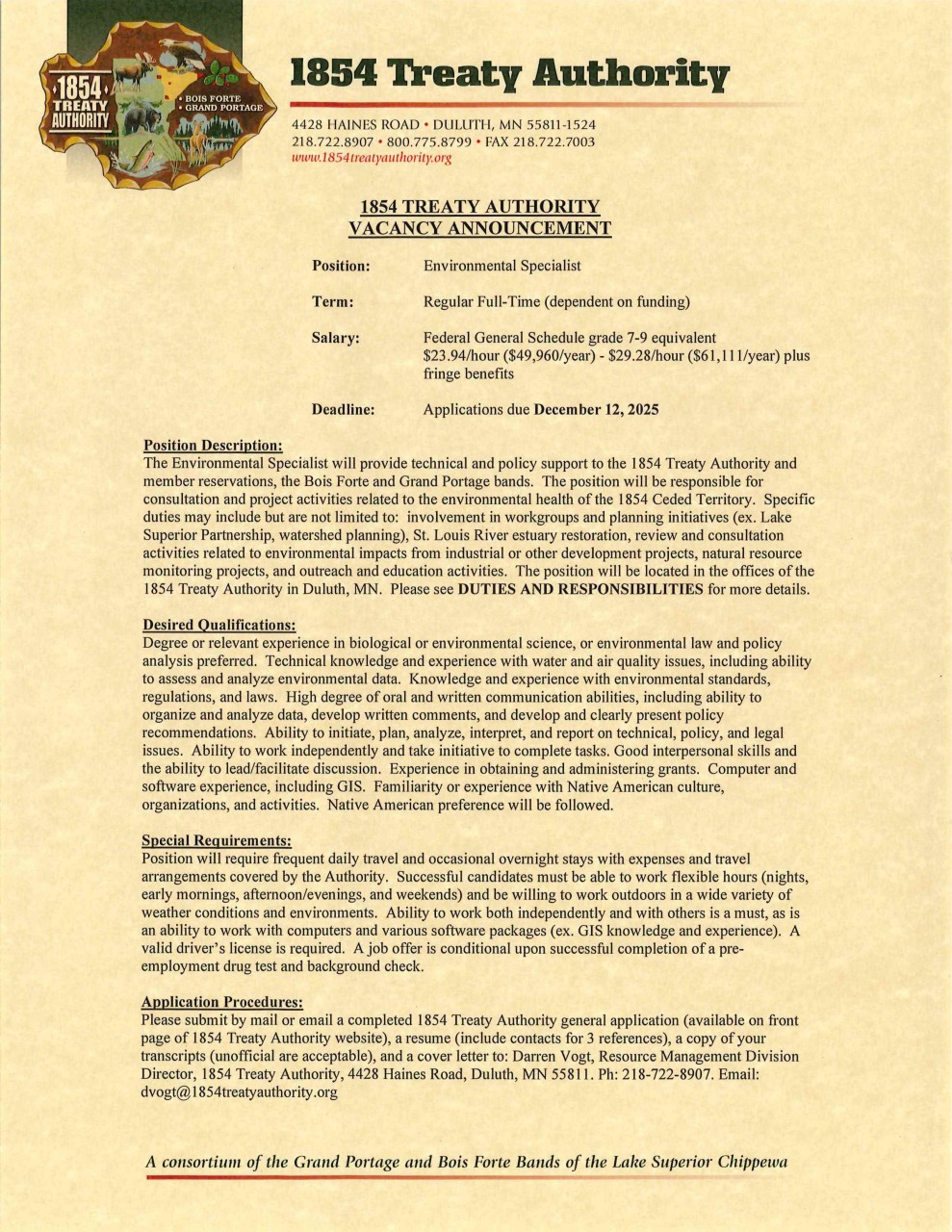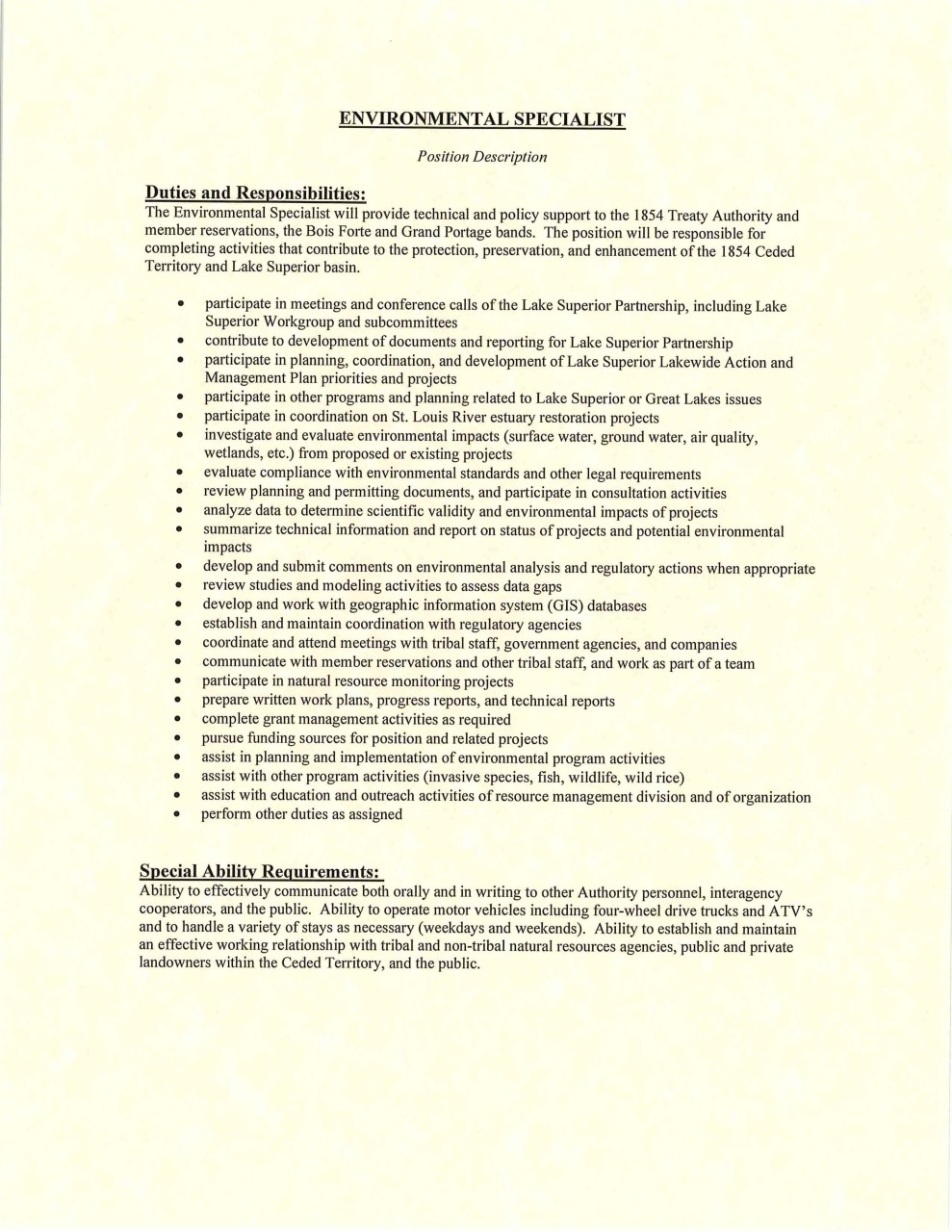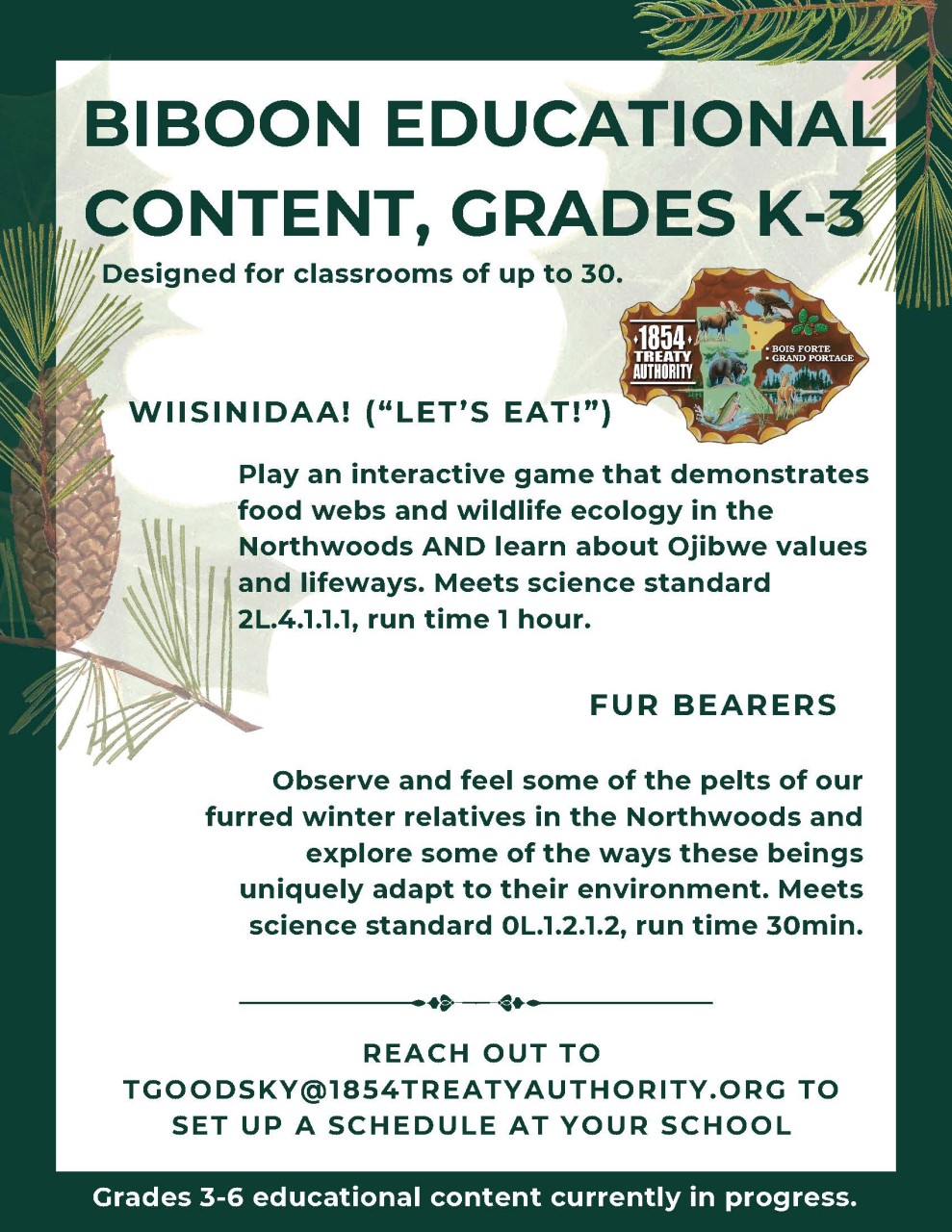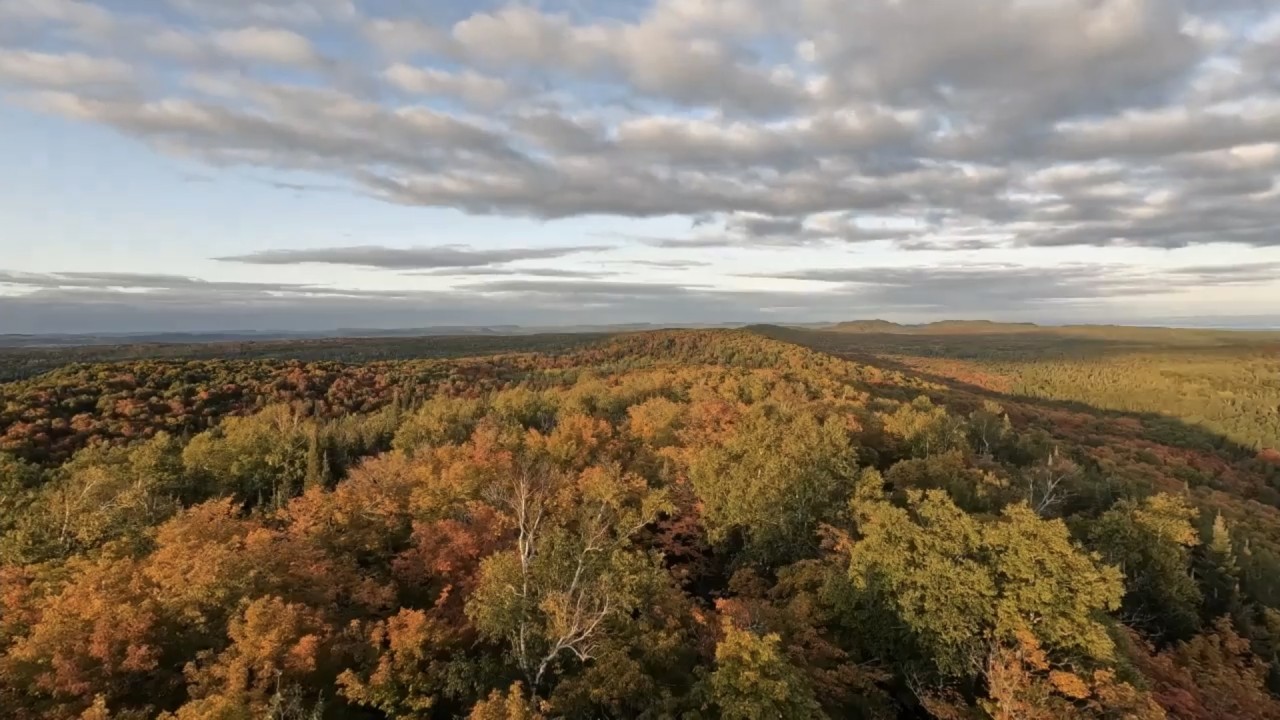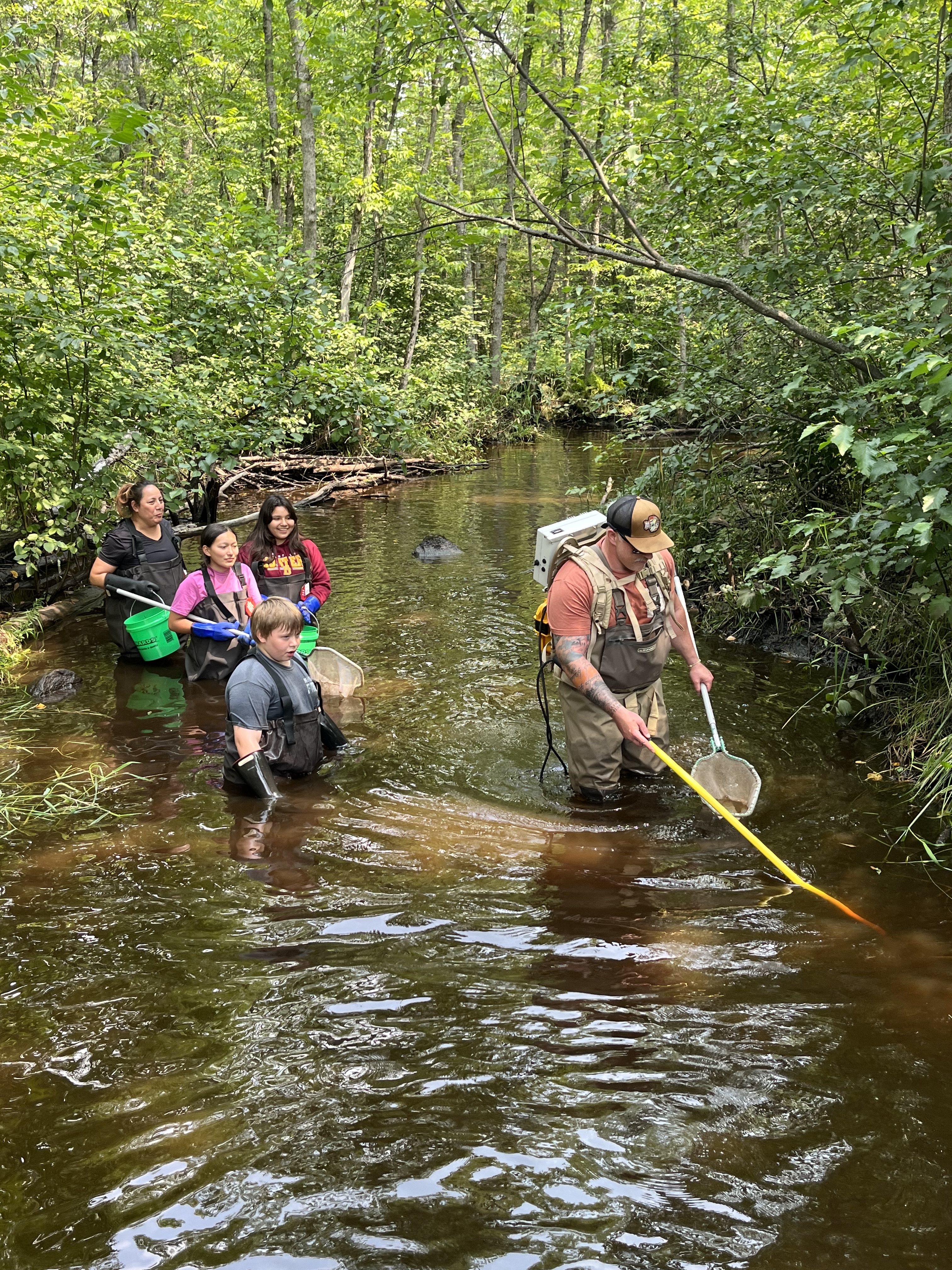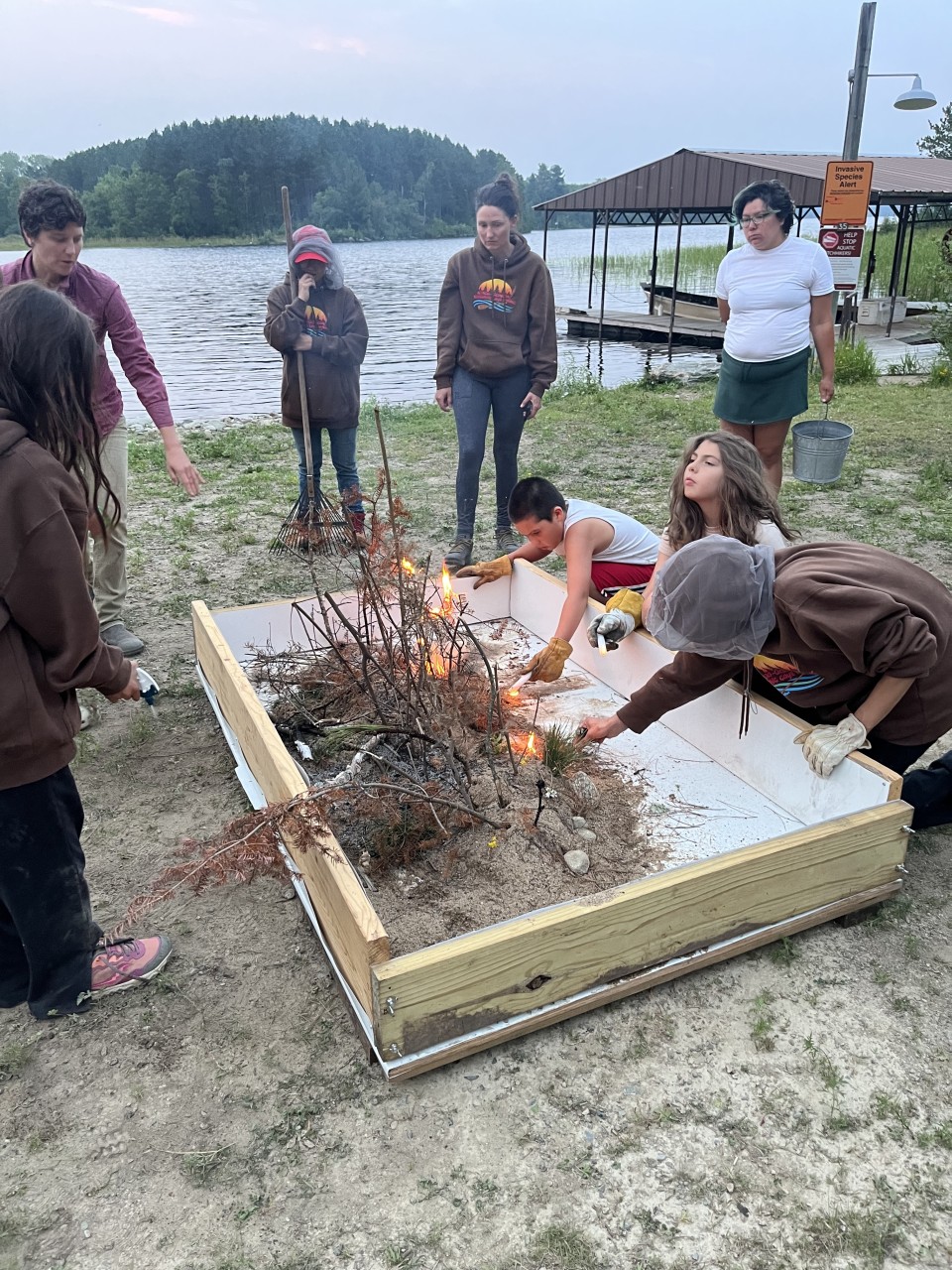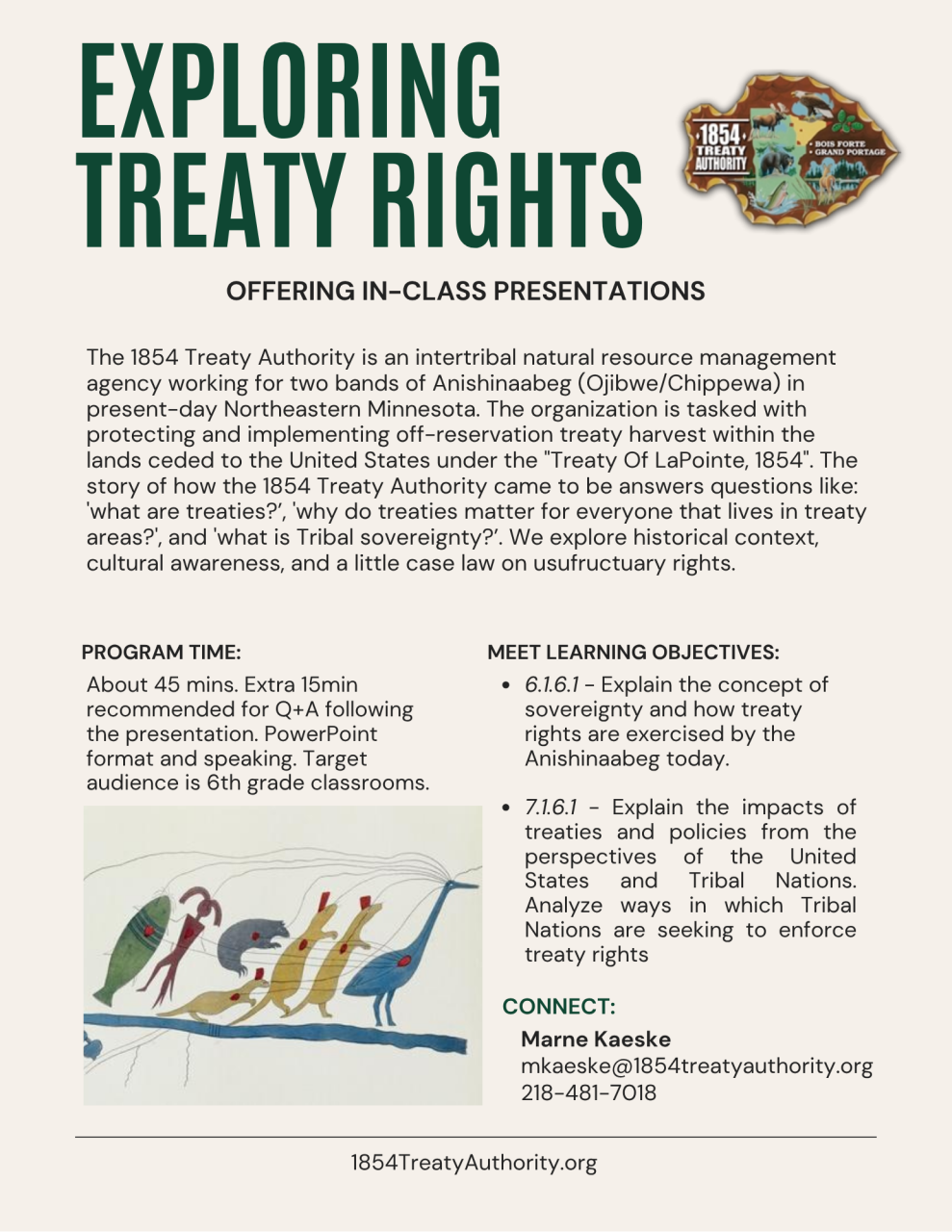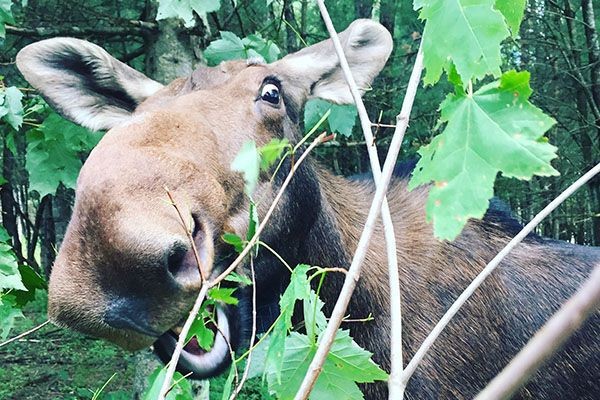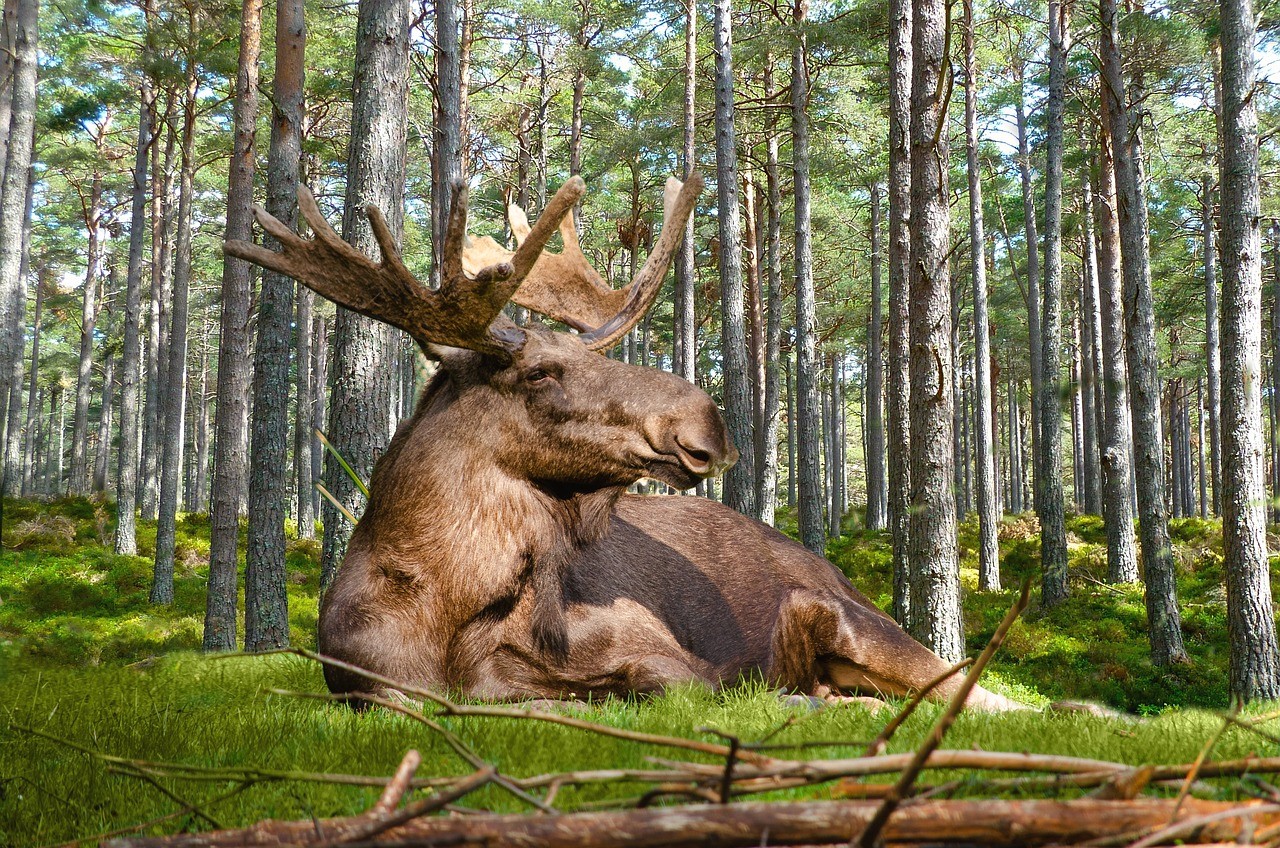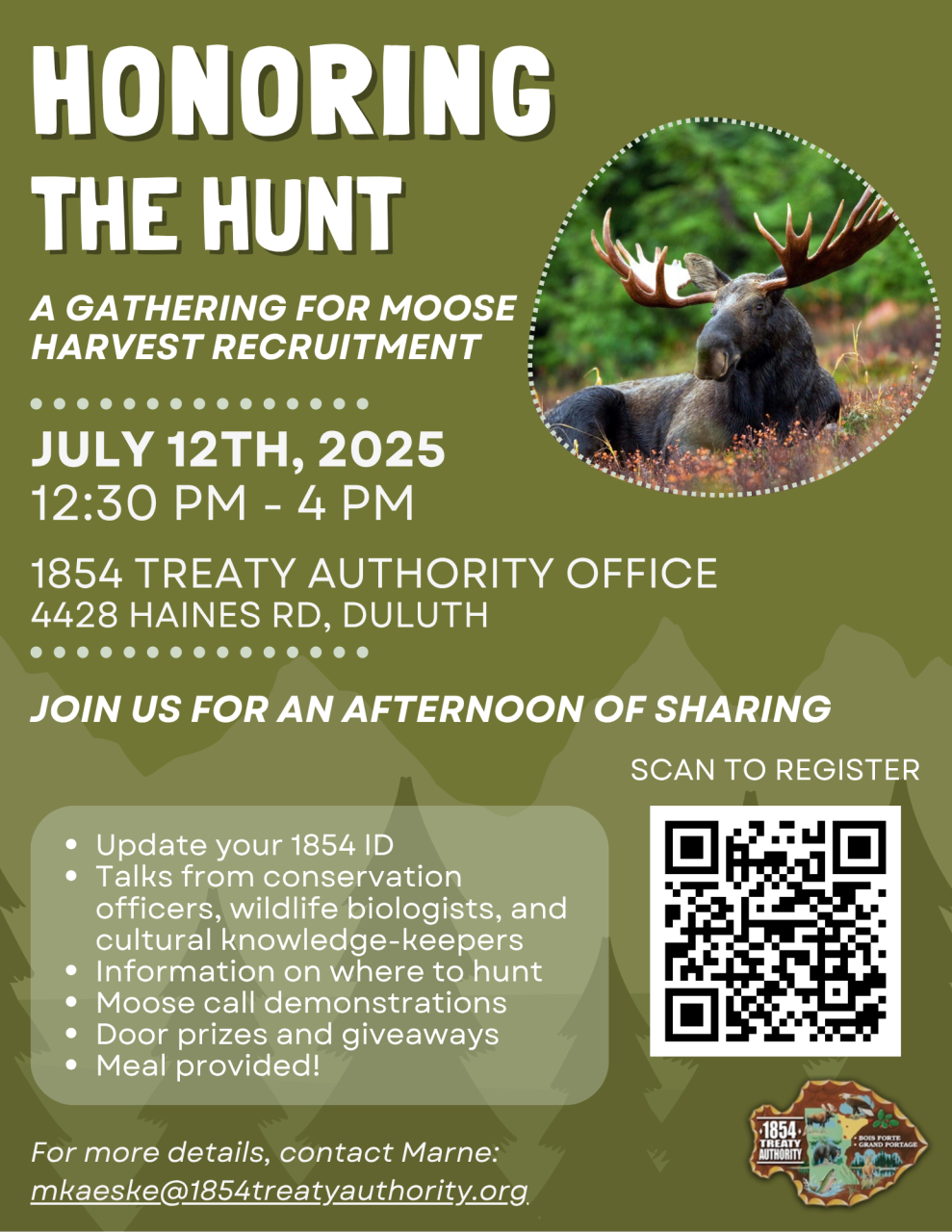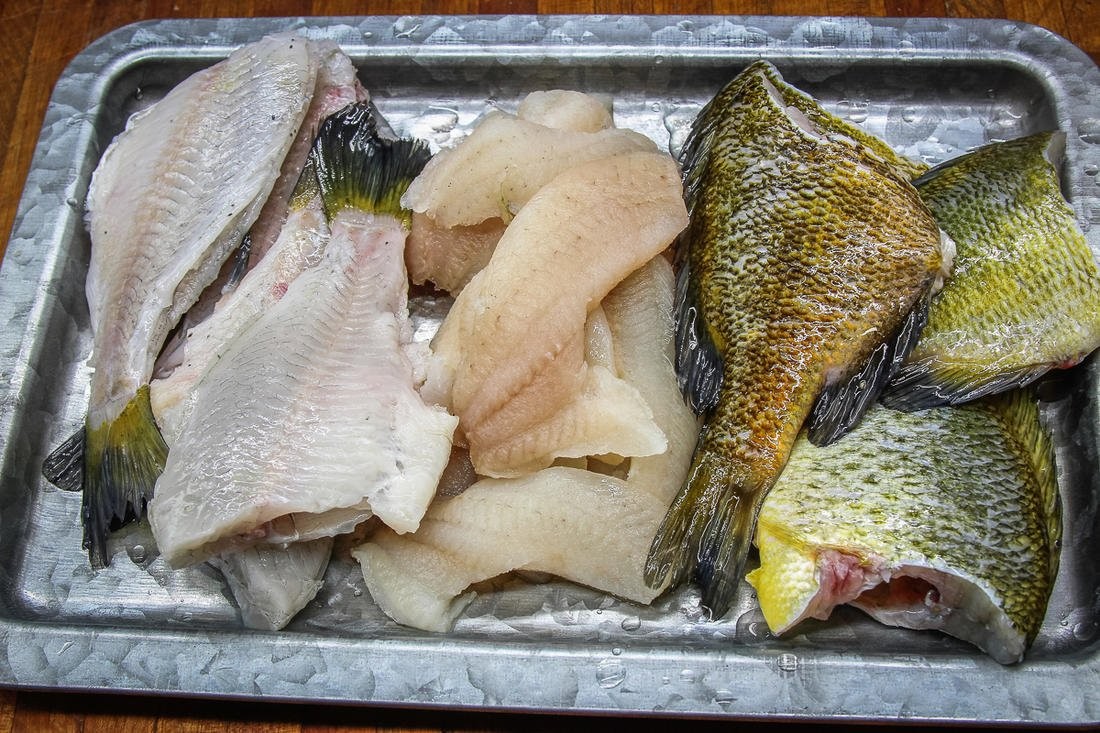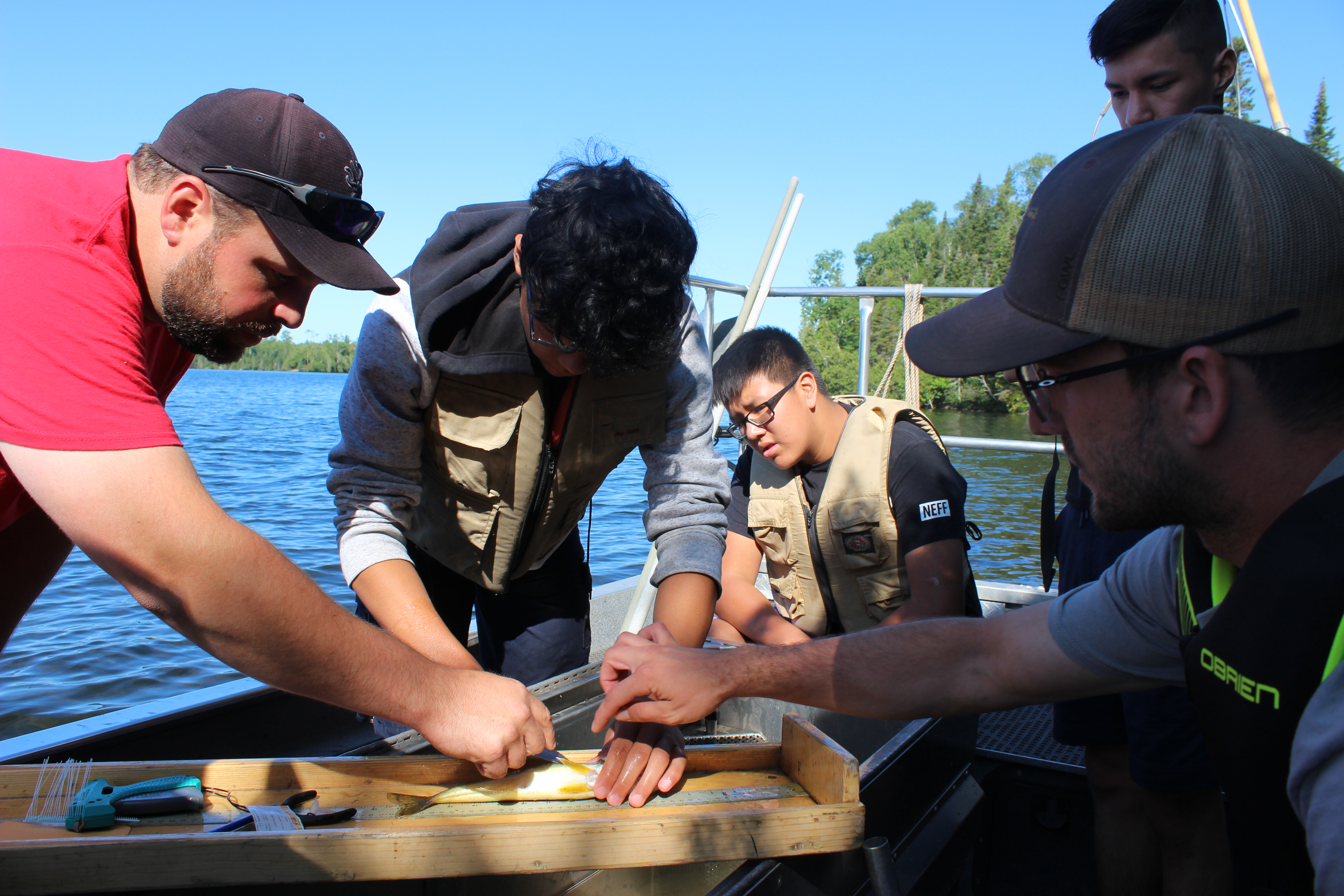1854 Treaty Authority News
1854 Treaty Authority's BIBOON 2025/2026 Newsletter is now available.
"Biboon is a time of rest for the natural world; a time to conserve energy…" and this edition provides great content to enjoy sitting next to a cozy fire. We welcome you to take it in and contemplate - remind yourself of the love of winter, the importance of eating with purpose and feeding our families, and the value of preserving culture through treaty harvest.
REGISTER HERE: https://forms.gle/APwXYXaDfv9xTrRu5
*MIIGWECH - SNOWSHOE LACING FILLED UP IN A MATTER OF 5 HOURS! STAY TUNED TO LEARN IF WE SCHEDULE ANOTHER WORKSHOP*
1854 Treaty Authority's Resource Management Division is hiring an Environmental Specialist. This vacancy closes December 12th, 2025.
General organization application can be found here: Application for Employment
1854 Treaty Authority has received the Partnership Award from the Minnesota Aquatic Invasive Species Research Center (MAISRC).
MAISRC is a state-funded organization composed primarily of various researchers from the University of Minnesota. 1854 has partnered with them and the University of Minnesota Duluth Natural Resources Research Institute (UMD NRRI) on multiple research projects (Rusty crayfish and Manoomin 2023-2024, Mystery Snails and Manoomin 2026-2027). We have also provided input and guidance by serving on their Technical Committee to refine their list of priority invasive species, and taken part in their Research Needs Assessment to discuss potential impacts of invasive species and what projects should be submitted for research proposals.
Miigwech MAISRC
1854 Treaty Authority's DAGWAAGIN 2025 Newsletter is now available.
Approved 2025 hunting and trapping season dates are included within this edition, along with hunting registration station locations and information on our special early youth deer hunt (with a raffle prize for participants)!
Join us in congratulating 1854's Nick Bogyo, awarded Native American Fish And Wildlife Great Lakes Region's 'Biologist of the Year', and follow up on our tribal youth as they embarked on our natural resources career exploration camp this past August. Get an update on the return of manoomin to the St. Louis River Estuary, and learn more about wiigwasi-jiimaan within.
Photo credits: Rick Novitsky
For Immediate Release
Duluth, MN – September 4rd, 2025 – During the week of August 4th through the 8th, 2025, ten Native American youth spent a week with the 1854 Treaty Authority exploring careers in natural resource management while participating in camp Nenda Gikendan Noopiming gaye Nibiing (seeking knowledge in the woods and place of water) at the Hubachek Wilderness Research Center in Ely, Minnesota.
This action-packed camp experience aims to recruit Tribal youth to pursue careers and/or college majors in the environmental sciences. "By exposing students to current management projects and meeting face-to-face with other Tribal professionals, these kids get to take part in the conversation", says 1854 Treaty Authority's Cultural Preservation Specialist, Marne Kaeske. "We hope this is the carrot for filling our shoes in the future with passionate professionals that have deep-rooted values."
Camp participants, ages ten to fifteen, spent time in classroom sessions, field trips, and working alongside biologists, engineers, and conservation enforcement officers in a variety of fish and game monitoring activities. Some of the highlights included electro-fish surveying a stream to assess the presence of fish species, visiting the International Wolf Center and discussing the cultural significance of ma'iingan (wolf) with a native Elder, meeting a conservation enforcement K9 and their handler, planning and implementing a mock prescribed burn, angling, as well as trapping and enjoying an invasive species Rusty Crayfish low-country boil.
"There are some really amazing protection and restoration programs targeting culturally significant species happening here in the 1854 Ceded Territory", says Kaeske. "Hats off to our organization staff and other agency professionals that contributed to the camp's successes and shared those stories," says Kaeske.
This endeavor could not have taken place without the support of the Bureau of Indian Affairs' Tribal Youth Initiative project funding, of which 1854 Treaty Authority was a grant recipient in 2025. This funding is for the development of programs targeting Tribal youth that focus on science and pertain to conservation and resource management. Funds are distributed on a competitive basis between twelve regions, where Federally Recognized Indian Tribal Governments and Native American Organizations authorized by Tribal Governments are both eligible to apply for.
The 1854 Treaty Authority is an inter-tribal natural resource management organization that protects and implements the off-reservation hunting, fishing and gathering rights for the Grand Portage and Bois Forte bands in the lands ceded to the United States government under the Treaty of La Pointe, 1854.
For more information, contact Marne Kaeske,
To view more photos from camp Nenda, see 1854's Facebook Page.
We still have a few remaining 1854 Ceded Territory moose permits to fill for both Grand Portage and Bois Forte, so we will be awarding those on a first-come, first-serve basis through this Sunday, August 24th. Parties should apply using the application form at the end of the 1854 moose hunt information packet available on our website.
Please make sure all members of your party have a valid (un-expired) 1854 ID card. Applications must be submitted via fax (218-722-7003) or email (
Questions? Call Wildlife Biologist, Morgan Swingen: 218-481-7010
Today is the FINAL DAY to apply for Camp Nenda! Please make sure to download the completed form and email it to Marne Kaeske:
If you have already filled out the form but haven't received any acknowledgement/communication from our end, that means we have not received your application. We are only taking applications by email.
Miigwech!
Applications for the 2025 Moose Hunt are now available on our website! Completed applications must be postmarked no later than midnight, August 8, 2025 or hand delivered to 1854 Treaty Authority at 4428 Haines Road, Duluth, MN 55811 by 4:00 pm, August 8, 2025. Completed, signed applications can also be scanned and submitted by email to Morgan Swingen (
You can find the application under the "Quick Links" section on our homepage, or at the following link:
1854 Treaty Authority's NIIBIN 2025 Newsletter is now available.
2025 Moose hunt applications will be available June 16th! That is exactly 91 days before the moose season opens. There will be BIG incentives for hunting parties that include hunters 25 years of age and under, AND hunting parties that include NEW hunters. Join us to discuss all things moose at the "Honor the Hunt" event, July 12th, 2025.
We are accepting applications for Tribal youth to attend our natural resource career exploratory camp until July 9th! Get an update on the MCT constitution reform, and review your berries in Ojibwemowin.
Weweni,
1854 Treaty Authority
Join us for an afternoon of sharing food and knowledge! The 1854 Treaty Authority will be hosting a session on July 12th, 2025, to recruit moose hunters among Bois Forte and Grand Portage within the 1854 Ceded Territory. Share a meal with us, update your 1854 ID, and learn from knowledge keepers on the moose hunt.
The Minnesota Department of Health (MDH) has updated its fish consumption guidance due to per-and polyfluoralkyl substances (PFAS) found in fish from some waterbodies in 10 Minnesota counties. In the Twin Cities metro area, some waterbodies in Anoka, Carver, Dakota, Hennepin, Ramsey and Washington counties are impacted. In Greater Minnesota, some waterbodies in Douglas, Martin, McLeod and St. Louis counties are impacted.
PFAS are harmful chemicals that have been widely used for decades to make products that resist heat, oil, stains, grease and water. PFAS may accumulate in a person's body over time and may become a health concern. They are linked to developmental effects, including low birth weight in infants and a weaker immune system in children. Exposure to some PFAS may also cause changes in liver function and increase cancer risks.
The most stringent fish consumption guidelines ("do not eat") advise everyone to completely avoid eating certain fish. Other guidelines just advise certain people ("sensitive populations") to limit how many servings they eat of certain fish.
According to the new guidance, fish no one should eat include:
- All species of fish caught in Minnesota River Valley ponds and Long Meadow Lake (Hennepin County).
- Bass caught in Mooney Lake (Hennepin County).
- Walleye caught in George Lake (Martin County).
- Yellow perch and common carp caught in Otter Lake, McCuen Creek, Bear Creek and the south fork of the Crow River (McLeod and Carver counties).
The new fish consumption guidance is less restrictive than before for rainbow smelt caught in Lake Superior. Based on the updated review of PFAS data, MDH has determined that it's now OK to eat up to one serving per week. The previous limit was one serving per month.
The rest of the new guidance, including a list of impacted waterbodies by county, can be found on MDH's Fish Consumption Guidance webpage under "April 2025 Update."
"Our fish consumption guidance can help anglers and their families make informed choices about which fish to eat and how often," said Angela Preimesberger, MDH's fish consumption guidance program lead. "Following the guidance enables you to reduce your exposure to contaminants while still enjoying the many benefits of eating fish, which is an important part of a healthy, well-balanced diet."
MDH works with the Minnesota Department of Natural Resources (DNR) and the Minnesota Pollution Control Agency (MPCA) to select lakes and rivers to monitor for contaminants. Since 1974, MDH has used data from these monitoring activities to advise anglers on fish consumption when levels of mercury or polychlorinated biphenyls (PCBs) may be unsafe for human consumption. The Fish Contaminant Monitoring Program added PFAS in 2004.
Fish consumption guidance is based on:
- Where you caught the fish. Some waterbodies have lower levels of PFAS and other contaminants than others.
- Who you are. Some people are more sensitive than others to negative health effects from exposure to PFAS. The most sensitive groups include people who are or could become pregnant, those who are breastfeeding or plan to breastfeed and children under age 15 years.
- The species of fish. The maximum number of servings recommended per week or month may vary among fish species caught in the same waterbody.
Fish consumption guidance will be updated as new scientific information becomes available, so check the DNR's LakeFinder or MDH's Fish Consumption Guidance webpage before you eat fish caught in Minnesota.
Eating fish is just one way people are exposed to PFAS. PFAS are present in many consumer products, environments, workplaces and homes. Minnesota has been taking action to eliminate PFAS for many years, and current recommendations can be found in the state's PFAS Blueprint.
-MDH-
Media inquiries:
Amy Barrett
MDH Communications
651-201-4993
Margaret Snyder
DNR Communications
651-383-6314
Becky Lentz
MPCA Communications
651-757-2711
Maada'ookiing offers support for Native American-led community building with grants now up to $5,000 to individuals or groups to strengthen culture and community.
Maada'ookiing ("the distribution" in Ojibwe) is a Native-led program of the Northland Foundation designed to strengthen relationships with and offer support to Native American community members doing individual or small group projects that strengthen culture or community.
A grant opportunity is offered three times per year, awarding up to $5,000 per grant for Tribal citizens, descendants, or individuals with kinship ties or affiliation to Native American communities for projects happening within the foundation's geographic service area. Grant applications are accepted any time. An advisory board of Native American individuals reviews the applications to approve grants for funding.
If you are interested in exploring this opportunity or applying, visit the website at https://northlandfdn.org/grant-funding/maadaookiing-grants/. You can also contact Cayla Bellanger DeGroat who can help answer your questions at
